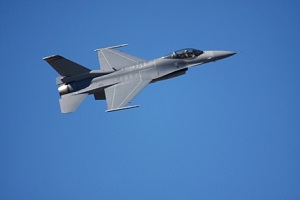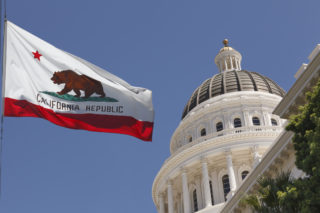Government Contractor Defense May Apply to Commercially Available Products
 The California Court of Appeal has confirmed that the “government contractor” defense may apply to products made available to both the federal government and commercial markets, even where the defendant did not design or produce the product at issue.
The California Court of Appeal has confirmed that the “government contractor” defense may apply to products made available to both the federal government and commercial markets, even where the defendant did not design or produce the product at issue.
To establish the defense, a defendant generally must show:
(1) [T]he United States approved reasonably precise specifications; (2) the equipment conformed to those specifications; and (3) the supplier warned the United States about the dangers in the use of the equipment that were known to the supplier but not to the United States. (Boyle v. United Technologies Corp. (1988) 487 U.S. 500, 512.)
The defense essentially boils down to: “‘The Government made me do it.’” (In re Hawaii Federal Asbestos Cases (9th Cir. 1992) 960 F.2d 806, 813, quoting In re Joint Eastern and Southern Dist. New York Asbestos Litigation (2d Cir. 1990) 897 F.2d 626, 632.) If successfully established, liability “pursuant to state law” is displaced and “cannot be imposed.” (Boyle, supra, 487 U.S. at p. 512.)
In the recent Gary Kase decision, the California Court of Appeal rejected the plaintiff’s claims that the defense should not apply to Unibestos insulation, which was sold both to the U.S. Navy and to general commercial customers in the private sector. (Kase v. Metalclad Insulation Corporation (Cal. Ct. App., Nov. 22, 2016, No. A143590) 2016 WL 6892215, pp. 7-13.) In an attempt to defeat summary judgment, the plaintiff had argued that a triable fact existed as to whether the insulation was “military equipment.”
The plaintiff had sought to rely on a “commercial products” exception to the government contractor defense:
The [Boyle] Court pointedly noted that the fact that a company supplies goods to the military does not, in and of itself, immunize it from liability for the injuries caused by those goods. Where the goods ordered by the military are those [1] readily available, [2] in substantially similar form, [3] to commercial users, the military contractor defense does not apply. “If, for example, a federal procurement officer orders, by model number, a quantity of stock helicopters that happen to be equipped with [defective] escape hatches opening outward, it is impossible to say that the Government has a significant interest in that particular feature.” (Hawaii, supra, 960 F.2d at p. 811, quoting Boyle, supra, 487 U.S. at p. 509, emphasis added.)
In Kase, the Court of Appeal rejected such a blanket exception, holding that “a product’s commercial availability does not necessarily foreclose the government contractor defense.” (Kase, supra, at p. 9.) Merely “the selection of a particular design may reflect a ‘significant policy judgment’ by government officials, ‘whether or not the contractor rather than those officials developed the design.’” (Id., quoting Boyle, supra, 487 U.S. at p. 513, emphasis in original.) “[I]t is proper to focus on whether the government, with due deliberation, selected the design feature at issue, not on whether the government or the contractor developed that feature in the first instance.” (Id., at p. 10, emphasis in original.)
Using this standard, the Court found that defendant Metalclad had produced sufficient evidence that the U.S. Navy understood the risks associated with asbestos and nonetheless selected the Unibestos insulation at issue. “In other words, Metalclad has presented a record that the government ‘made it’ deliver asbestos-containing insulation.” (Kase, supra, at p. 11.)
Before this ruling becomes final, the plaintiff may petition the Supreme Court of California for further appellate review. We will publish an update if a new opinion is issued.
This blog post was published originally on December 5, 2016.


 By
By





